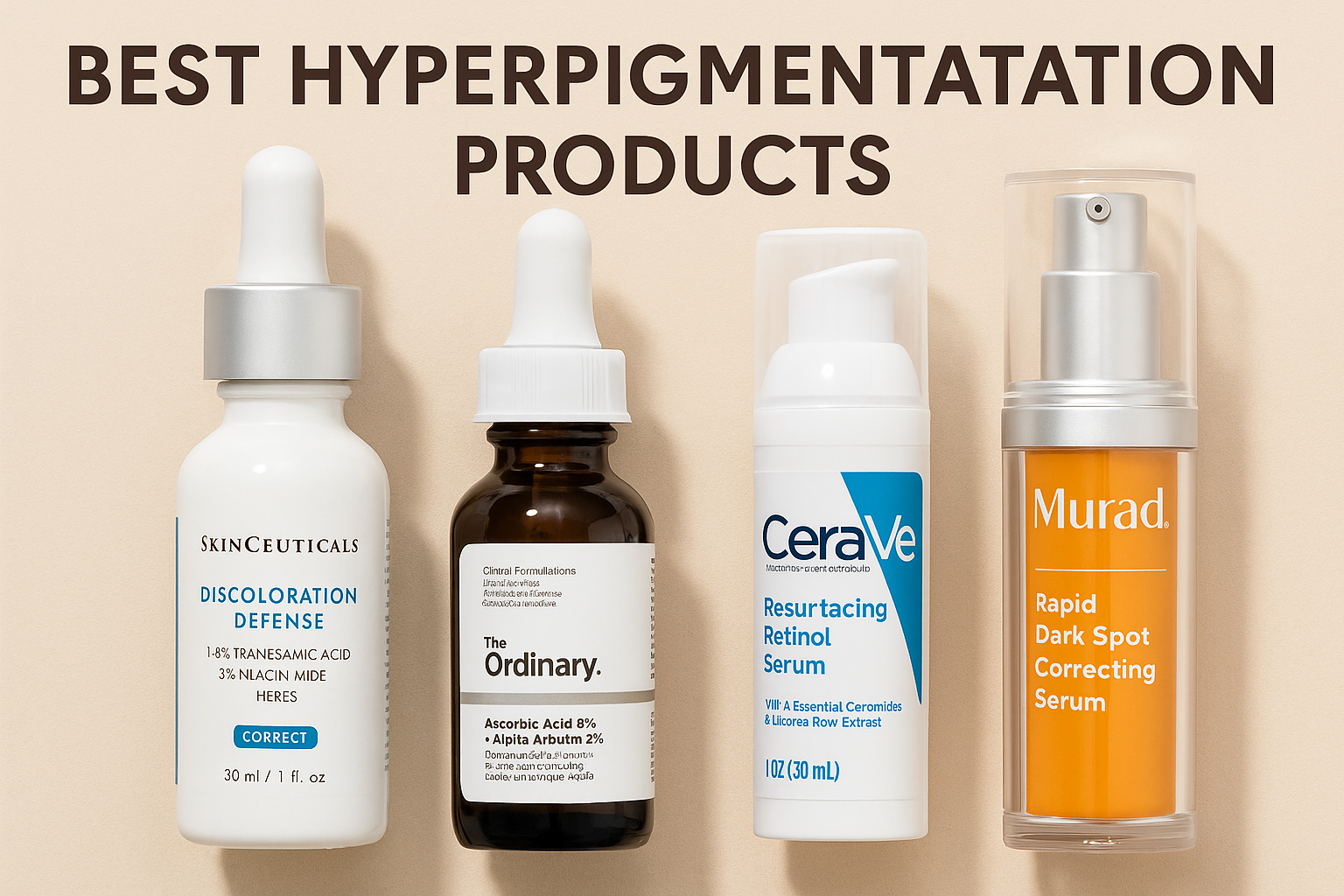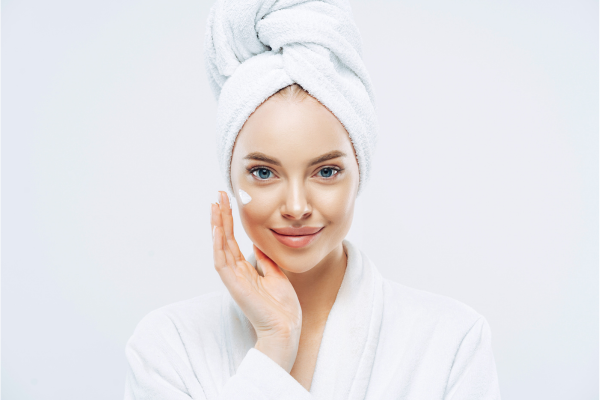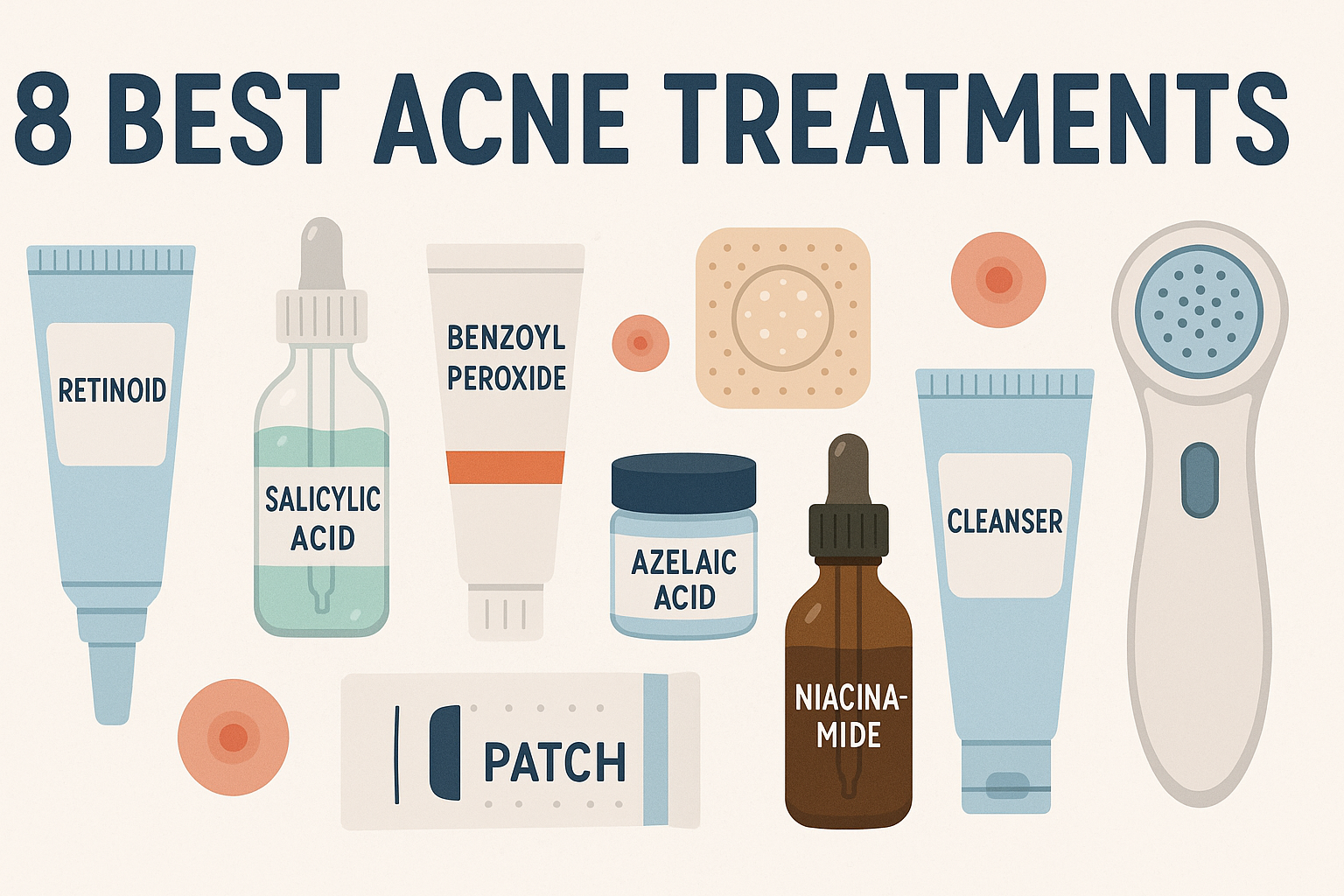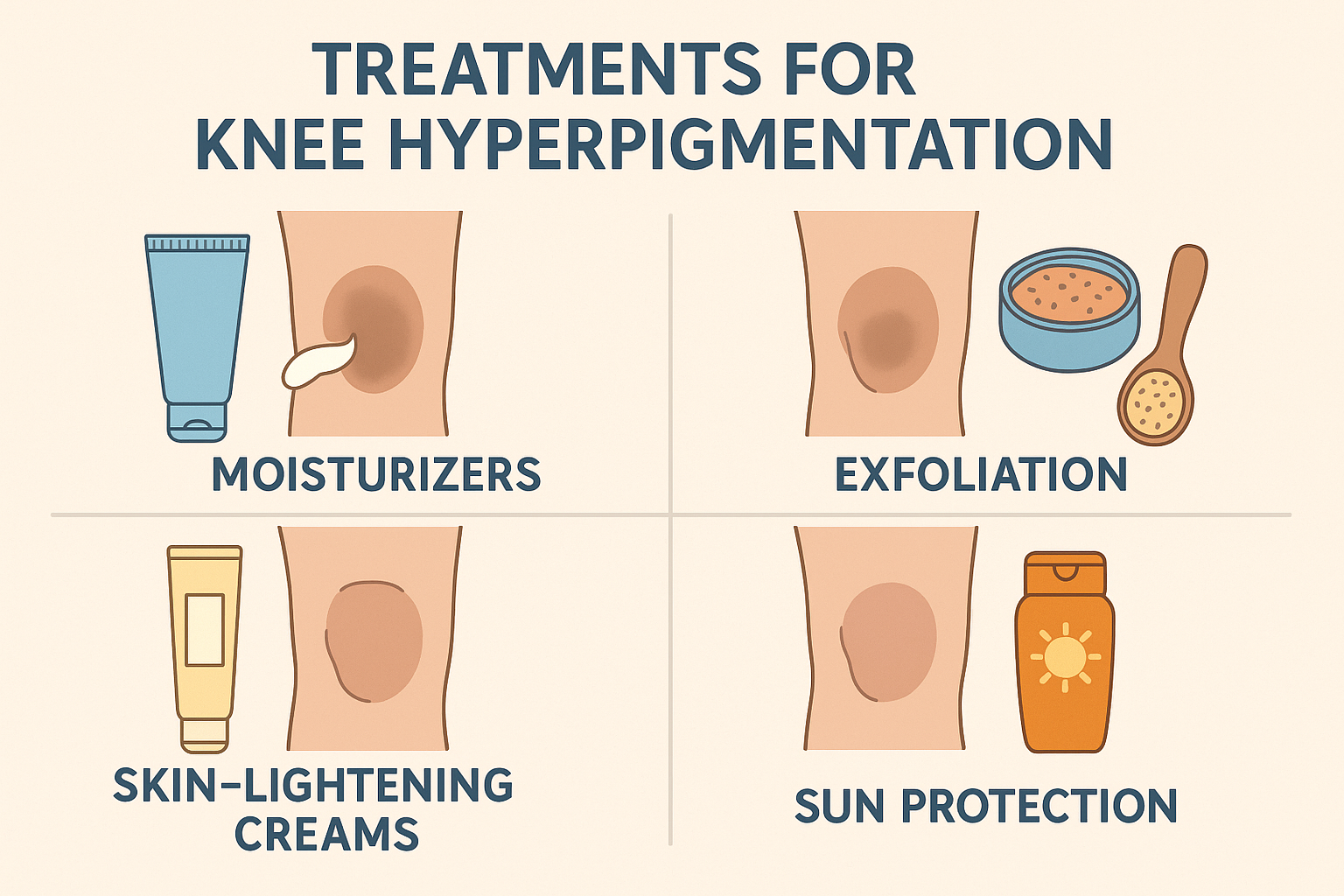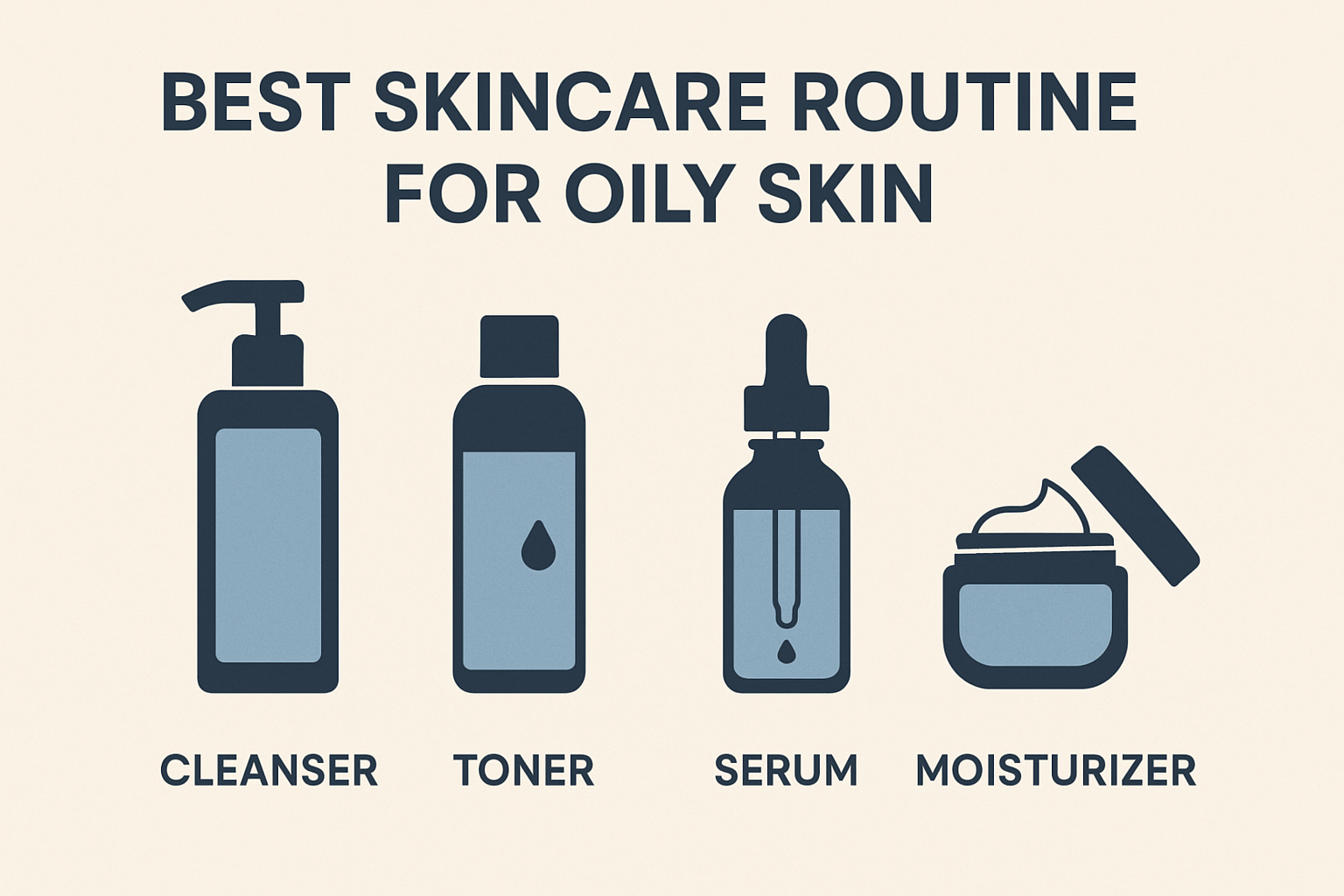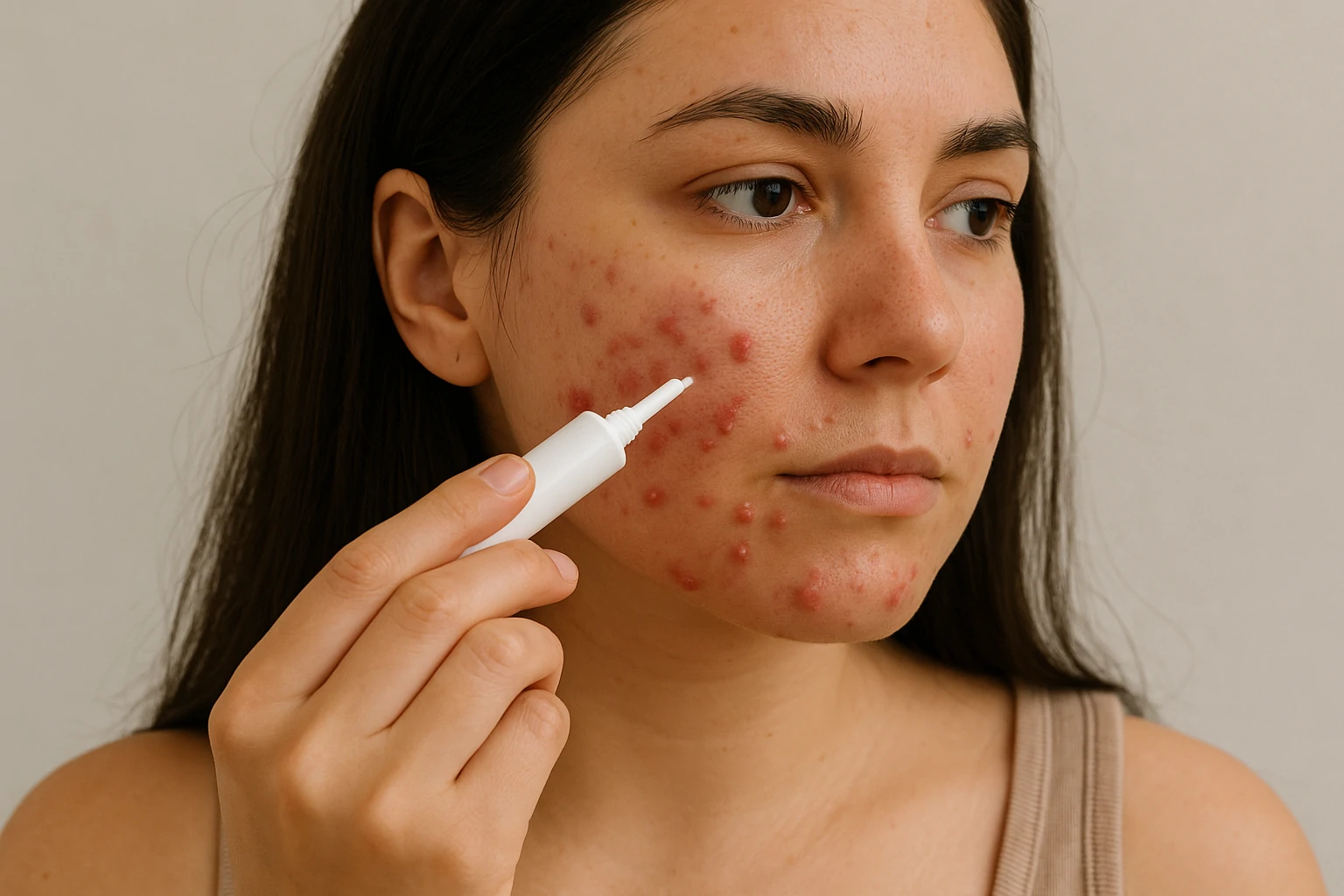Say Goodbye to Dry and Flaky Skin on Your Legs

Dry skin on the feet is a common issue that is often underestimated, even though it can be quite bothersome. This condition doesn’t just cause discomfort—such as itching, redness, and irritation—it can also affect your overall appearance, especially if left untreated. Cracked or flaky skin can lower confidence and may indicate a problem with the skin’s natural protective barrier.
Recognising the importance of this issue, a team of experts—including three certified dermatologists and a celebrity facialist—have come together to uncover the root causes of dry skin on the feet. They explain that factors such as cold weather, dry air, long hot showers, and harsh soaps can strip the skin of its natural moisture. A lack of regular care and proper hydration can make things worse.
Based on these insights, a series of effective steps has been developed to treat and prevent dry feet. These include choosing skincare products with ingredients like urea, glycerin, and ceramides, and establishing a daily routine that focuses on hydration and skin protection. We’ve also included a few extra tips from our team to support the experts’ recommendations.
With a better understanding and the right care routine, you can keep your feet’s skin soft, smooth, and protected from dryness.
Understanding Dry Skin on Feet: From Weather to Skincare Mistakes
Dry skin on the feet can often feel confusing and frustrating—but there’s actually a scientific explanation behind it. According to Dr. Ciraldo, our skin is protected by the stratum corneum—the outermost layer made up of dead skin cells—which happens to be thicker on the feet. This makes the feet more prone to dryness and peeling compared to other parts of the body1.Cleveland Clinic. Dry skin. Updated May 13, 2020
In addition to this structural factor, celebrity skincare expert Vargas points out that sun exposure, lack of exfoliation, and certain activities—like flying—can make dry skin worse. The air inside airplane cabins is extremely dry and can pull moisture from your skin. Using lotions that contain fragrances or alcohol can also aggravate the problem, as these ingredients can be irritating and strip the skin of its natural moisture.
Dr. Penzi highlights the impact of everyday habits. Hot showers, harsh soaps, and heavily scented products can remove the skin’s natural oils, leading to irritation and a damaged skin barrier. Medical conditions such as eczema and psoriasis can further worsen dryness. And grooming habits like shaving or waxing—if done carelessly—can make the skin rougher and more scaly.
Cold weather is a major cause of dry feet. In lower temperatures, the skin produces less natural oil and its regeneration process slows down. As a result, moisture levels drop, making the skin on the feet more likely to become dry and cracked.
Understanding these causes is the first step toward properly caring for and protecting your feet’s skin.
Use a Dry Brush or a Buff Puff
Dry brushing is a simple yet highly beneficial routine for skin health—especially for areas like the feet, which tend to be drier and more prone to flakiness. This technique involves using a brush with slightly firm bristles to gently sweep over the skin before showering. Experts say this brushing motion stimulates blood circulation throughout the body, helping deliver more oxygen and nutrients to the skin’s surface. The result? Healthier, more radiant-looking skin.2Cleveland Clinic. The truth about dry brushing and what it does for you. Updated November 2, 2021.
Another key benefit of dry brushing is physical exfoliation. The bristles help lift away dead skin cells that build up on the surface, leaving skin smoother and better prepared to absorb skincare products. According to skincare expert Vargas, one of the long-term benefits of regular dry brushing is its ability to stimulate collagen production. Collagen is the protein that keeps skin firm and elastic. With increased collagen, the skin becomes thicker, more supple, and even appears to reduce the visibility of fat cells—potentially improving the look of cellulite.
For best results, dry brush before you shower, using upward strokes toward the heart—starting from the feet—to support lymphatic drainage and circulation. Apply enough pressure to feel the effect, but not so much that it hurts.
Dr. Ciraldo also recommends alternatives like a body buff puff for physical exfoliation. This tool works similarly to a dry brush, helping remove dead skin and brighten the skin’s appearance. Use it before shaving or sun exposure to keep your skin in top condition.
Exfoliate Properly Using a Skin Scrub
Exfoliation is one of the most important steps for keeping your skin healthy, smooth, and glowing. As renowned facialist Vargas puts it, “Exfoliation is my secret to great skin.” This process helps remove dead skin cells from the surface, clears out pores, and allows for better skin regeneration.
One simple method you can try at home is making a natural scrub. Just mix 1 cup of brown sugar, 1/4 cup of coconut oil, and 1/4 cup of honey. This combination is not only effective but also safe, thanks to its all-natural ingredients. Brown sugar acts as a gentle yet powerful exfoliator to clear the pores. Coconut oil provides deep moisture, while honey has antimicrobial properties that help fight bacteria and support skin healing.3McLoone P, Oluwadun A, Warnock M, Fyfe L. Honey: a therapeutic agent for disorders of the skin. Cent Asian J Glob Health. 2016;5(1):241. doi:10.5195/cajgh.2016.241
Vargas recommends exfoliating twice a week in the summer, when skin is more exposed to sun and pollutants, and once a week during winter to help maintain moisture in the drier months.
For a more convenient option, ready-to-use exfoliators like Fresh’s Brown Sugar Body Scrub are a great choice. It features brown sugar as the main exfoliating ingredient and is enriched with nourishing oils like evening primrose, almond, apricot, and jojoba. These ingredients not only help remove dead skin but also deeply nourish the skin. As a bonus, the scrub’s sweet, calming scent transforms your skincare routine into a spa-like experience at home.
Say Goodbye to Dry Skin: Swap to a Body Oil
Without realising it, your daily body wash might actually be the main cause of dry skin on your feet. Many regular soaps contain harsh detergents and foaming agents that can strip away the skin’s natural oils, leaving it feeling tight and dry after rinsing. In fact, your skin—especially on the feet—needs extra moisture to stay soft and healthy.
As an alternative, try switching to an oil-based body wash, like one of the popular options from Glossier. These types of cleansers are designed to clean thoroughly without drying out the skin. Despite being oil-based, they feel lightweight and non-greasy. The lather is smooth and easy to rinse off, leaving your skin feeling hydrated and comfortable with no oily residue.
Vargas highlights that oils in skincare products offer double benefits: they not only lock in moisture but also help calm sensitive skin, reduce redness, and soothe mild irritation. Oil-based soaps are still effective at removing dirt, sweat, and dead skin cells built up throughout the day—while turning your shower into a more relaxing experience thanks to their gentle scent.
If you prefer natural products or want to explore local alternatives, there are plenty of natural soaps made with plant-based oils like coconut, olive, or argan oil. Just choose one that suits your skin type and preferred scent—and if you’d like, I can help you find the best local options!
Choose Products with Ingredients like Salicylic Acid
Ingredients commonly used to treat acne—like salicylic acid and lactic acid—are surprisingly effective for dry, flaky feet too. According to Dr. Shirazi, these two chemical exfoliants offer dual benefits: they not only remove dead skin cells, but also act as humectants, meaning they draw moisture into the skin and help retain it.4Ogunbiyi A. Pseudofolliculitis barbae; current treatment options. Clin Cosmet Investig Dermatol. 2019;12:241-247. doi:10.2147/CCID.S149250
Lactic acid, part of the AHA (alpha hydroxy acid) family, gently breaks down dead skin buildup, leaving the surface smoother and brighter. Salicylic acid, a BHA (beta hydroxy acid), goes deeper into the pores to clear out oil and dead skin—especially helpful after shaving or waxing, as it can help prevent red bumps and ingrown hairs, which often cause irritation.
Together, their exfoliating and hydrating actions make your moisturiser work even better. Once the dead skin is removed, your products can absorb more easily and effectively.
For a more luxurious and relaxing experience, you might consider a professional body exfoliation treatment at a spa. Vargas recommends an exclusive treatment using fresh grated coconut compresses combined with a gentle massage. This natural method removes dead skin, nourishes the body, and leaves behind a calming tropical scent—making it a refreshing, all-in-one skin-pampering experience.
Choosing a Nourishing Lotion: Your Key to Hydrated and Healthy Skin
After exfoliating, it’s essential to apply a nourishing, hydrating lotion right away. This is because freshly exfoliated skin is more open and better able to absorb skincare products. Dr. Ciraldo recommends CeraVe Moisturizing Cream as a highly effective option. This cream is rich in ceramides, a type of lipid that strengthens the skin barrier. Ceramides help lock in moisture, keep the skin soft, and prevent water loss that can lead to dryness.
In addition to hydration, CeraVe Moisturizing Cream also helps improve skin brightness—even after just one use. Applying it in the morning can give your skin a healthy, glowing look that lasts throughout the day.
Dr. Shirazi highlights that for best results, moisturiser should be applied to slightly damp skin right after a shower. The remaining moisture on the skin helps seal in hydration, leaving skin smoother and more moisturised for longer.
Look for products that contain ceramides to support the skin’s barrier, as well as other soothing and nourishing ingredients like aloe vera, glycerin, hyaluronic acid, and Provitamin B5 (panthenol). Rich moisturisers with shea butter are also great for keeping skin soft and protected from dryness.
Refresh Your Skin with a Cooling Spray: The Ultimate Skin Soother
The foot spray from Susanne Kaufmann is designed with a multifunctional purpose—especially to relieve itchy, tired feet. It’s particularly useful in situations like air travel, when the dry cabin air can leave your feet feeling heavy and dehydrated. This smart spray not only refreshes instantly, but it’s also formulated to boost blood circulation in the feet, which often slows down due to long periods of sitting still.
The formula includes sunflower seed oil and germinated wheat oil, both known for their intense hydrating properties. These oils help lock in moisture, making the spray ideal for very dry feet. Sunflower oil is rich in essential fatty acids that keep skin soft and smooth, while germinated wheat oil is packed with vitamin E, which deeply nourishes and supports skin health.
One of the spray’s standout features is its convenience. Thanks to its spray format, it’s quick and mess-free—you won’t need to use your hands like you would with lotions or oils. This makes it perfect for quick touch-ups when you’re on the go or when your feet suddenly feel dry or irritated. With its simple, travel-friendly packaging, this product offers an instant hydration fix without the hassle.
Spend Some Extra Time in the Shower
An effective dry skin care routine should begin in the shower, where cleansing and hydration can be done properly. Dr Ciraldo recommends choosing a fragrance-free body wash, such as Dove Fragrance-Free Body Wash. This type of cleanser is ideal for dry skin, as fragranced products often contain alcohol, which can strip away the skin’s natural moisture and worsen dryness.5Mukhopadhyay P. Cleansers and their role in various dermatological disorders. Indian J Dermatol. 2011;56(1):2-6. doi:10.4103/0019-5154.77542
After cleansing, the next step is exfoliation. Exfoliating helps remove dead skin cells that can block moisturisers from being fully absorbed. This step leaves the skin smooth and better prepared to take in nourishing products.
Finally, applying a moisturising cream is essential. A good moisturiser locks in hydration, keeps the skin moisturised, and protects it from external factors that can aggravate dryness.
Although this routine may seem like it involves several steps, Dr Ciraldo notes that this approach is highly effective for managing dry skin. With the right care, dry skin can be improved and restored to a healthy, hydrated state.
Why You Should Shower with Lukewarm Water for Healthier Skin
While hot showers may feel comforting and refreshing, they can actually have negative effects on your skin’s health. Dr. Penzi recommends using lukewarm water instead, which is much gentler on the skin and helps prevent long-term damage. Hot water can harm skin cells and weaken the skin’s natural protective barrier.
One of the main issues is that hot water disrupts the skin’s moisture barrier, which is essential for retaining natural hydration. When this barrier is damaged, skin loses moisture more quickly, leading to dryness, flakiness, irritation, and itchiness.
Dr. Shirazi adds that high temperatures speed up water loss from the skin. Prolonged exposure to hot water can strip the skin of its natural oils, leaving it feeling rough, dry, and dehydrated.
To keep your skin healthy and hydrated, it’s best to shower with cooler water and limit your shower time. This helps maintain the skin’s natural moisture balance and protects it from excessive dryness. With this simple change, your skin will stay soft, moisturised, and protected from heat-related damage.






 Acne
Acne Anti-Aging
Anti-Aging Business
Business Digital Marketing
Digital Marketing Economics
Economics Movies
Movies Personal Finance
Personal Finance Websites
Websites
